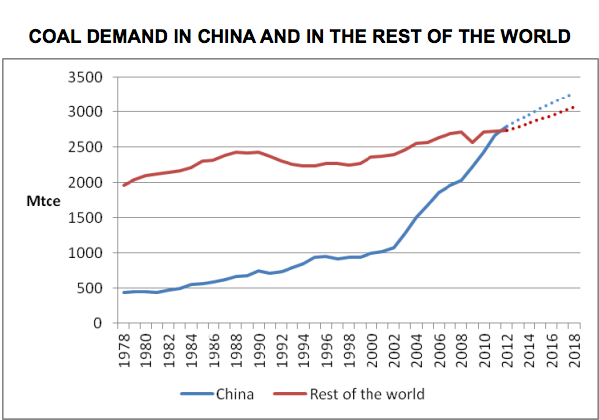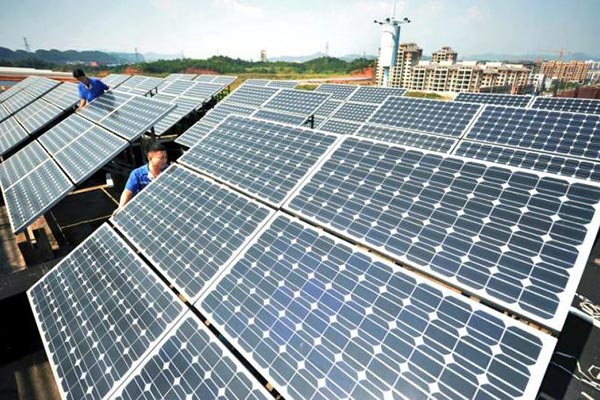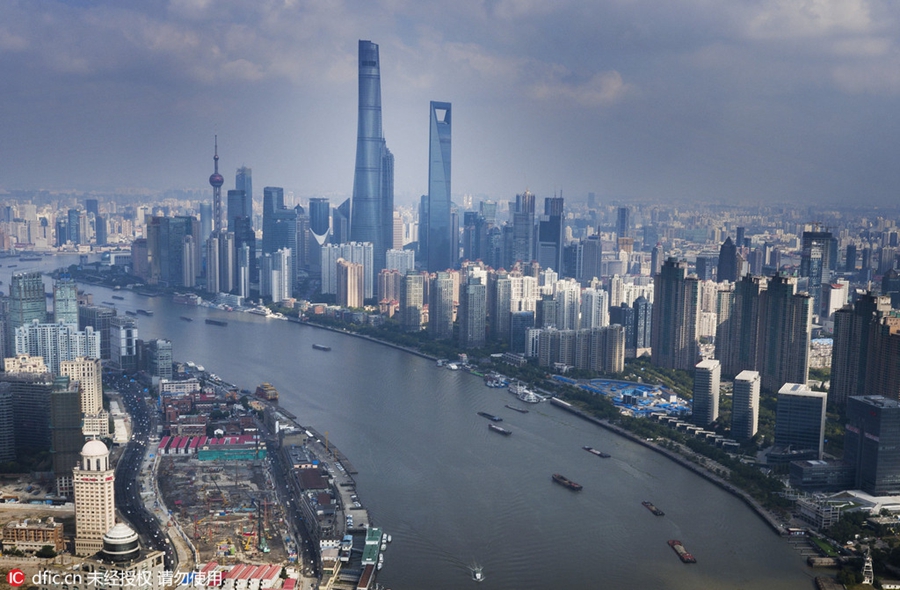China has long been powered by coal and it takes time to change that. 100s of small coal mines have been closed and China leads the world in investment in clean energy (wind & solar cells, mainly) I. e. China is investing about as much annually now as Europe and US combined does, but transforming a coal based economy to a clean energy one, does take time.
Well, that's a bit simplistic and naive. For many years now, China has been opening at least one coal fired electrical generation facility every day. China is a leading importer of coal. It needs coal to fire its newly build coal energy facilities. About a quarter of all US coal exports go to China. China isn't closing any coal mines large or small either now or in the foreseeable future.

Also China developed super critical steam generations and is installing these plants rapidly as they get about 50% more KWHs from each ton of coal. The units are installed in pairs. Here is photo of them, from post 907 where more detail is given:
Also much of traveling home in China is by rail, not airplanes. Much less pollution produced per passenger mile.
China is leading in the High Speed rail area too.
It really doesn't matter even if it were true. China is going from zero to one. While that might be a phenomenal growth rate, it doesn't mean China is leading anything. China is just playing catch-up with the rest of the world. And it cannot do it on its own. It doesn't have the technology. That's why China has and continues to engaged in a massive campaign of theft. It has been and continues to steal Western technology, including energy technologies. As I have told you many times before, China is a copycat nation.
http://www.theguardian.com/technology/2014/may/19/us-chinese-military-officials-cyber-espionage
Last edited:






